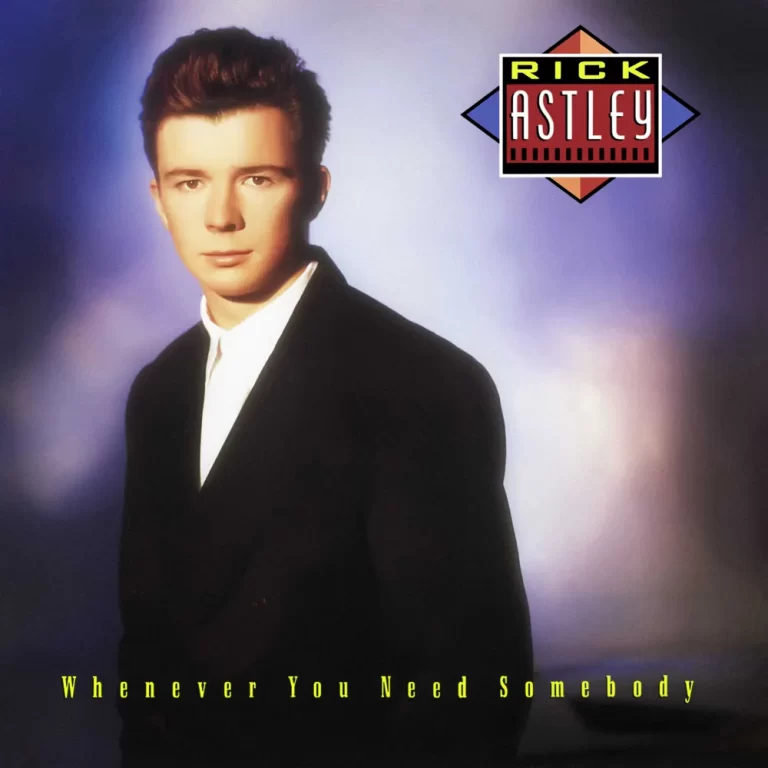The Yamaha REV7 Professional Digital Reverberator is a state-of-the-art sound processing device that is both extremely versatile and easy to operate. This refined stereo reverberator uses highly complex digital technology to create astonishingly authentic, warm, natural reverberation.
A host of superb features on the Yamaha REV7 makes this unit a unique example of modern, sophisticated sound processing – from Yamaha.
- A wide variety of reverberation, echo, delay, and ambient effects.
- Special Modulation effects include stereo phasing, flanging, chorus, and tremolo.
- Totally accurate and independent control of parameters.
- The 30 factory preset effects may be edited to create up to 60 user programs, which can be stored in the Yamaha Rev7’s memory, and instantly recalled at the touch of a button.
- Remote control unit permits remote selection of all presets and the most commonly used user programs.
- Effects may be selected from an external MIDI device (e.g., a DX 7 synthesiser) enabling automatic selection of a specified reverberation effect for each voice on the synthesizer.
- Full three-band parametric equalisation allows adjustment of the sound of the Yamaha Rev7 to exactly match the acoustic properties of any environment.
The highly advanced Yamaha REV7 offers superb performance in any situation where professional quality reverberation is required: concerts, recording studios, and broadcasting, and will satisfy the highest demands of the contemporary musician and sound engineer.
The Yamaha REV7 Professional Digital Reverberator, designed according to Yamaha ’s philosophy of making up-to-the-minute advances in computer technology available to you, the discerning user.
30 impressive factory presets are permanently stored in the Yamaha REV7 ROM (read only memory). Yamaha REV7 presets cover a broad range of effects various size halls, simulations of mechanical reverb devices, simulations of recording studio type acoustic environments, stereo delays, and a range of modulation type effects. Presets are carefully programmed to provide the ideal effect in a broad range of applications, but if you need a “special” effect, it is simple to program your own.
Presets can be modified to create your own programs – up to 60, which can be stored in Yamaha REV7’s RAM (Random Access Memory). Your programs will be as easily accessible as the presets, in fact you can recall the first 7 user programs (numbers 31 thru 37) instantly using the DIRECT RECALL keys, and all programs can be called using the MEMORY, NUMERIC and RECALL keys.
Each preset incorporates up to 7 user-programmable parameters, including Reverb Time, First Reflection Delay and Level, Diffusion, Liveness, Initial Delay Time, Room Size, Modulation Frequency and Depth (for the Modulation Programs). You can alter the Reverb Time of the HI and LOW frequency ranges in proportion to the MID range. Within some presets different selected Modes can simulate natural environments (LARGE HALL, SMALL HALL) and artificial reverberations (PLATE, SPRING, RANDOM, REVERSE).
MIDI compatibility makes it possible to create a totally different reverberation program for each voice on your MIDI keyboard, and automatically recall the program when you press a Voice Select key on your DX synthesizer or other MIDI keyboard.
Electronically balanced TRS phone jacks (which also accepts mono phone plugs) as well as XLR type input and output terminals can be used with all professional equipment. Stereo and Mono inputs may be received, producing a stereo reverb output. The Digital/Analogue and Analogue/Digital converters feature a high sampling rate so that an ultra-wide dynamic range is possible with any input with no unwanted compression or noise. A 3-band parametric EQ is also featured to “fine tune” reverb sounds.
Input Level LED: An accurate, fast 8-point display indicates the level of the input signal; EQ On LED: Illuminates when the semi parametric EQ section is in use.; MONO LED: Illuminates when Mono/Stereo switch is set to MONO; Memory LED: A large, easy to read 2-digit display indicates when the effects program is in use; LCD: A Liquid Crystal Display panel, readable from a wide angle, indicates program information and parameter values.
Power On/Off switch; Mono/Stereo Switch: Produces stereo reverb output from a mono input or stereo-in/stereo-out reverb; Input Level Control: Sets input signal for optimum level (Range +10dB to -90 dB); EQ On/Off Switch: For instant comparison of equalised signal and original signal; Semi Parametric Equaliser Section: Versatile 3-band semi parametric EQ section permits precise control of reverb timbre; MIXING control: Allows accurate balancing of reverb signal.
Parameter Select and +/- Keys: For selecting programmable parameters on the Yamaha REV7 relating to presets, editing/creating of user programs, increasing/decreasing selected values, or selecting programs 1 thru 90 in combination with the MEMORY key. MEMORY Keys: For selection and recall of programs, storage of new parameter values. MIDI CTRL Key: Set MIDI Control mode, enabling setting of MIDI channel, effects program number and MIDI voice number for automatic selection of programs from MIDI keyboard.
DIRECT RECALL Keys: For rapid one-touch recall of all Yamaha REV7 30 preset programs and the first 7 user programs, Programs 1 thru 6 are called directly while 7 thru 30 are called by successive presses on the OTHERS key and 31 thru 37 are called using the USER MEMORY and DIRECT RECALL keys. NUMERIC/EDITING Keys: For entering program numbers and parameter values. All programs can be selected using MEMORY, NUMERIC, and RECALL Keys.
Remote Control Connector. MIDI THRU Connector: Outputs MIDI data received at the MIDI IN terminal unmodified which permits MIDI chaining to other MIDI equipment. MIDI IN Connector: Accepts MIDI data from a MIDI keyboard or other MIDI equipment. INPUT/OUTPUT Connectors: Both electronically balanced XLR and 1/4″ TRS type connectors are provided. TRS jacks also accept standard 1/4″ mono phone plugs.








